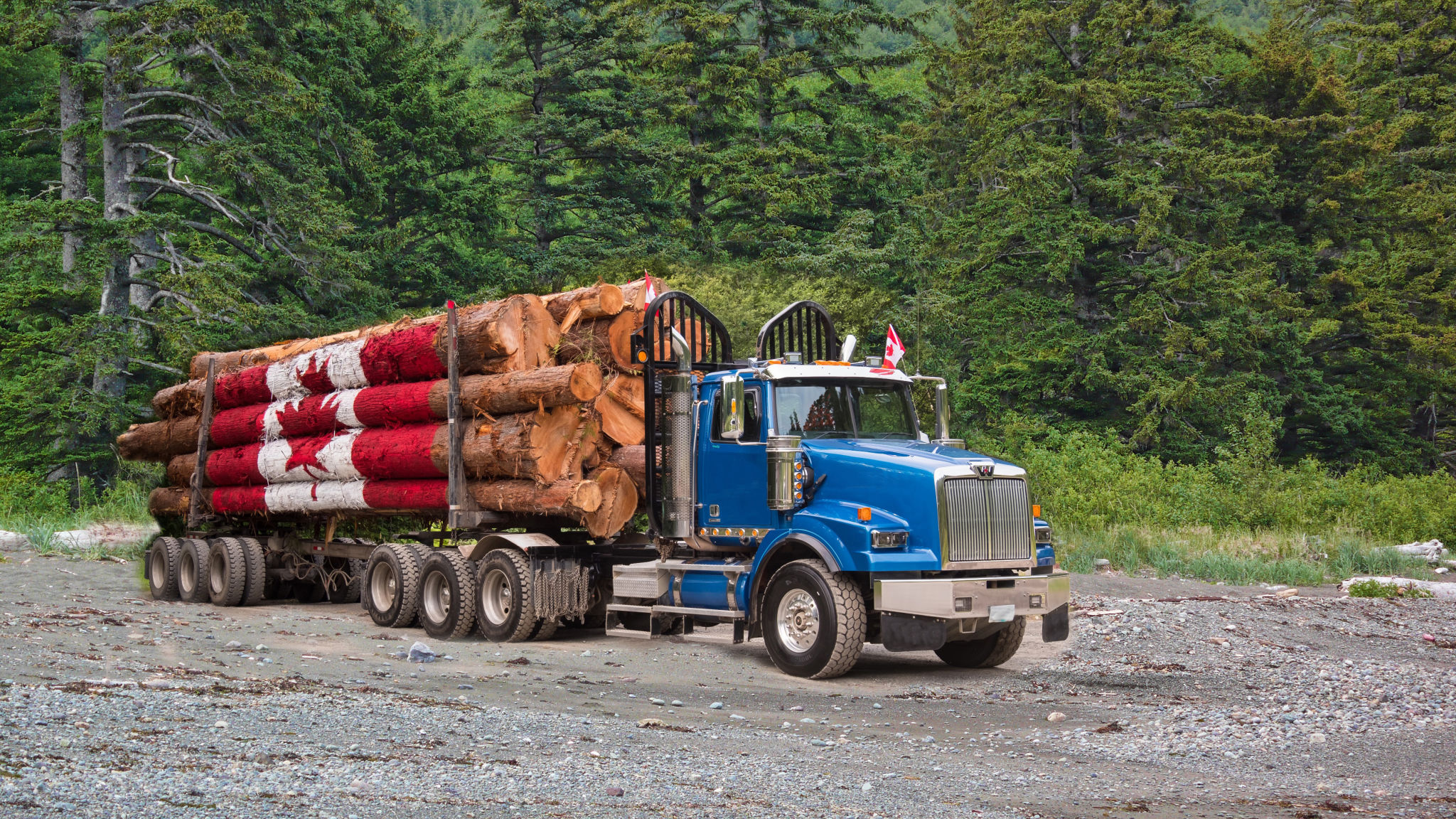The Role of Technology in Modern Timber Transportation
Introduction to Timber Transportation
In the rapidly evolving world of logistics, the transportation of timber has seen significant advancements thanks to technology. This crucial sector, which is integral to industries such as construction, furniture, and paper manufacturing, relies heavily on efficient transportation methods to ensure that timber arrives safely and on time. With the advent of modern technologies, the process has become more streamlined and efficient.

Enhancing Efficiency with GPS and Telematics
One of the most notable advancements in timber transportation is the integration of GPS and telematics systems. These technologies allow for real-time tracking of timber shipments, ensuring that they are transported along the most efficient routes. This not only helps in reducing delivery times but also minimizes fuel consumption, contributing to a more sustainable operation.
Telematics systems provide valuable data regarding vehicle performance and driver behavior. This data can be used to optimize routes, schedule maintenance, and train drivers for better performance, further enhancing operational efficiency.
Automation and Robotics in Timber Handling
Automation and robotics have revolutionized the way timber is handled during transportation. Automated cranes and robotic arms are now commonly used in loading and unloading operations, significantly reducing the time required for these processes. These technologies also minimize the risk of human error and accidents, ensuring safer handling of heavy timber loads.

Moreover, these automated systems can be programmed to handle specific types of timber and adjust their operations accordingly, which increases precision and efficiency in the logistics chain.
Improving Safety with Advanced Monitoring Systems
Safety is a paramount concern in timber transportation, given the size and weight of the loads involved. Advanced monitoring systems play a critical role in enhancing safety measures. These systems provide real-time alerts for potential hazards, such as overloading or mechanical failures, allowing for immediate corrective action.
Additionally, driver assistance technologies such as lane departure warnings and collision avoidance systems have become essential in ensuring safe transportation of timber over long distances.

Sustainability through Technology
Environmental concerns are increasingly influencing how timber transportation is conducted. Technology offers solutions for more sustainable practices. For instance, route optimization software not only reduces fuel consumption but also lowers carbon emissions. Hybrid and electric vehicles are gradually being introduced into the fleet, further supporting sustainability goals.
The use of renewable energy sources in logistics hubs and warehouses is another significant step towards reducing the carbon footprint of timber transportation operations.
The Future of Timber Transportation
As technology continues to evolve, the future of timber transportation looks promising. Innovations such as blockchain for improved transparency and traceability, and AI-driven analytics for predictive maintenance are set to further transform the industry. These advancements will help in overcoming challenges related to efficiency, safety, and sustainability.
The integration of these technologies promises not only to enhance the operational aspects but also to contribute positively to environmental conservation efforts.

